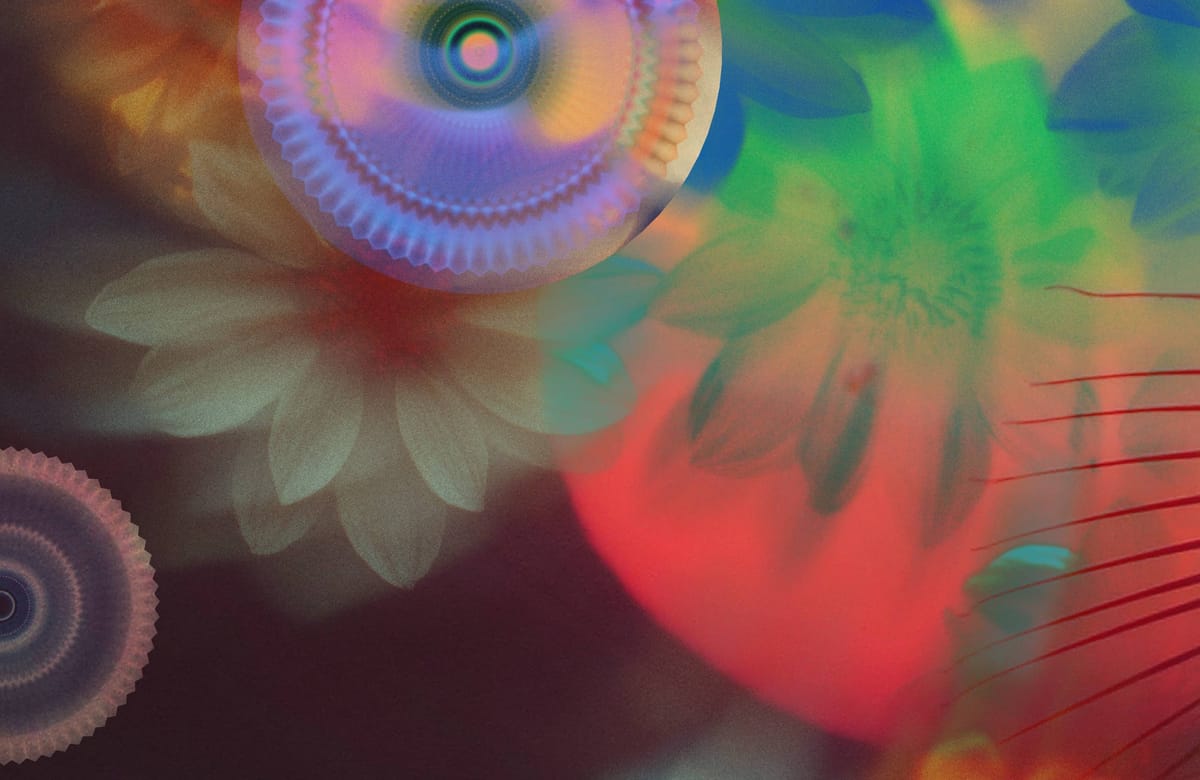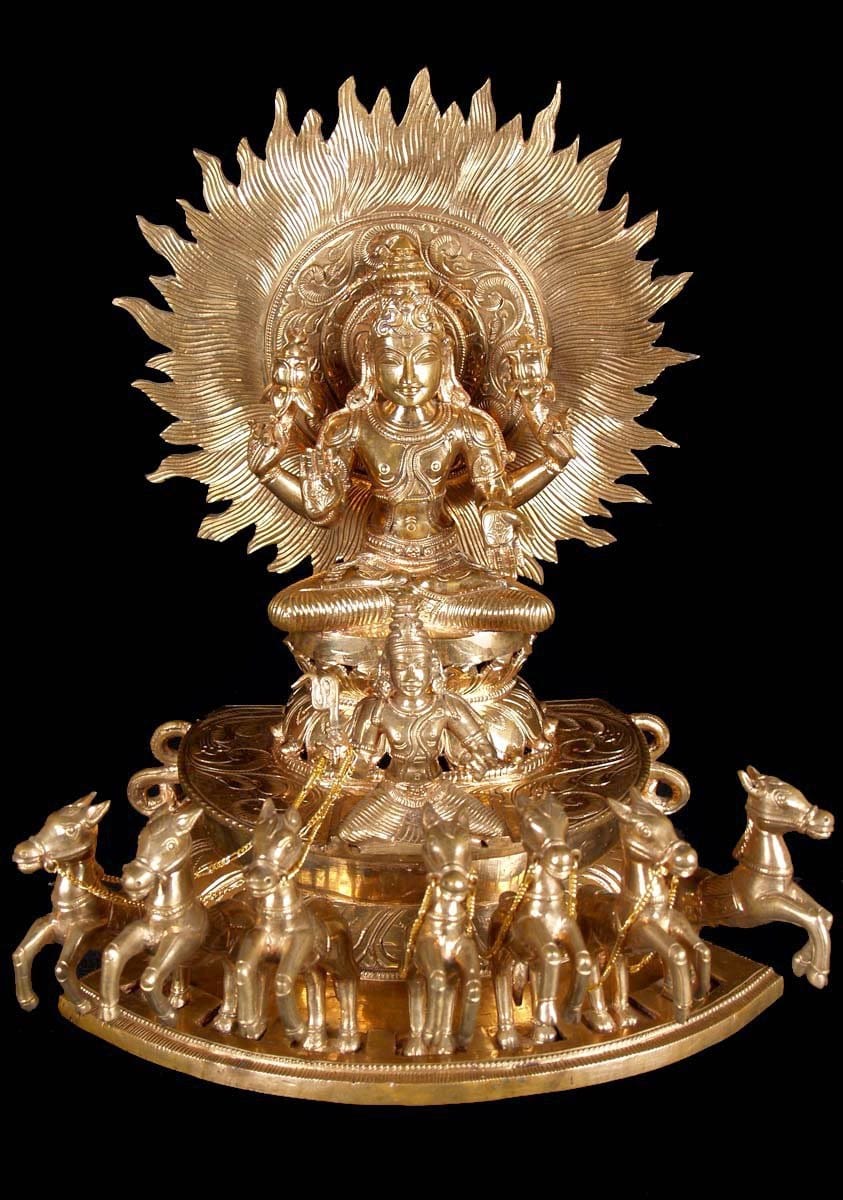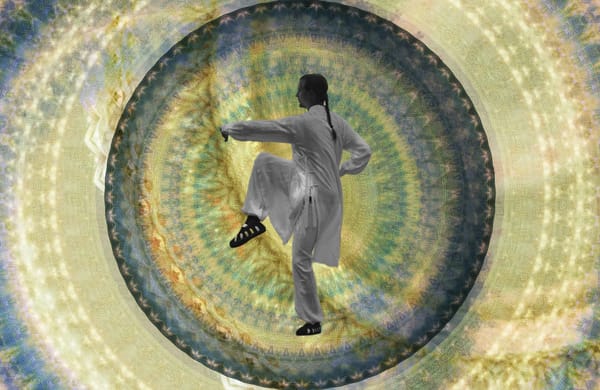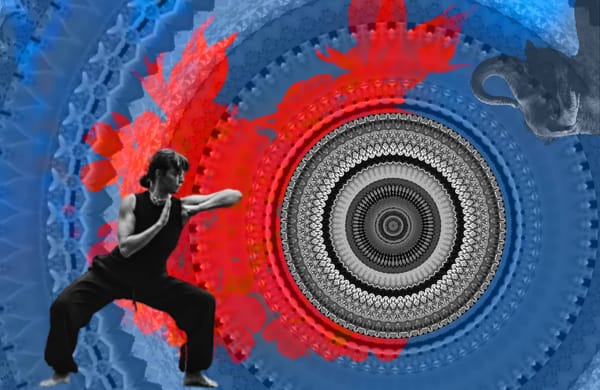Navagraha - Surya - सूर्य
The navagraha are nine heavenly bodies and deities that influence human life on Earth according to Vedic teachings. The first is Surya - both Sun and solar deity in Vedic teachings.

The Sun God Surya (सूर्य) is often depicted as a radiant deity illuminating the cosmos and nurturing life on Earth. He is the God of the Sun,
Ruler of the Planet and Para Brahman, the Supreme Being. The myths surrounding Surya are rich in symbolism and reflect a few profound spiritual truths. We will explore Surya's birth and origin, the significance of his celestial chariot drawn by seven horses, and the importance Surya Deva holds in our lives according to the Vedic scriptures.

:Om Hram Hrim Hroum Sah Suryay Namah:
ॐ ह्रां ह्रीं ह्रौं सः सूर्याय नमः
(Om Hraam Hreem Hraum Sah Sūryāya Namaḥ)
Surya Beej mantra is believed to invoke the powerful energy and blessings of the Sun deity, Surya.
Surya (Sanskrit: सूर्य, IAST: Sūrya) is the Sun and the solar deity based on vedic teachings. He is one of the five major deities in the Smarta tradition, all of whom are seen as equal in the Panchayatana puja, a path to realising Brahman. Surya is also known by various names such as Aditya, Arka, Bhanu, and Ravi. He is commonly depicted riding a chariot drawn by seven horses, symbolising the seven colours of light and the seven days of the week.
In the medieval period, Surya was worshipped alongside Brahma, Shiva, and Vishnu at different times of the day. He is also associated with other deities like Indra and Ganesha in ancient texts. Surya appears in the religious art and literature of Buddhism and Jainism. He is considered the father of Sugriva in the Ramayana and Karna in the Mahabharata, where he was highly revered.
Surya is often shown with a Chakra, or Dharmachakra, and is linked to the zodiac sign Leo (Simha). He is the basis for Ravivara (Sunday) in the Vedic calendar. Major festivals in his honour include Makar Sankranti, Pongal, and Ratha Saptami. Though once a key deity in Hinduism, Surya’s worship declined after the 13th century, possibly due to the destruction of Sun temples during Muslim invasions in North India. While some Sun temples still exist, many have been repurposed or no longer hold active worship, with Surya often seen as secondary to Vishnu or Shiva.

Birth and Origin of Surya
Surya's birth is steeped in ancient mythology, reflecting the cosmic order and the divine creation of the universe. According to Hindu cosmology, Surya is considered the son of Aditi, the mother of the gods (Devas) and one of the manifestations of the Divine Feminine. Aditi embodies boundless space, representing the infinite potential and nurturing qualities of the universe.
In the Rigveda, Surya is described as being born from Aditi, symbolising the dawn and the life-giving energy of the sun. As a manifestation of divine light, he embodies the principles of rta (cosmic order) and satya (truth). This connection to Aditi signifies that Surya not only illuminates the physical world but also embodies spiritual wisdom and enlightenment.
Surya’s father is sometimes referred to as Kashyapa, one of the seven great sages (Saptarishi). The union of Aditi and Kashyapa results in the birth of several significant deities, including the Adityas, a group of solar deities. His emergence from the divine womb of Aditi symbolises the dawn of consciousness and the vital energy required for creation.

Celestial Chariot & Horses
Surya is usually depicted riding a magnificent celestial chariot drawn by seven horses. This chariot is not just his vehicle but actually a representation of the cosmic forces that govern life and time.





